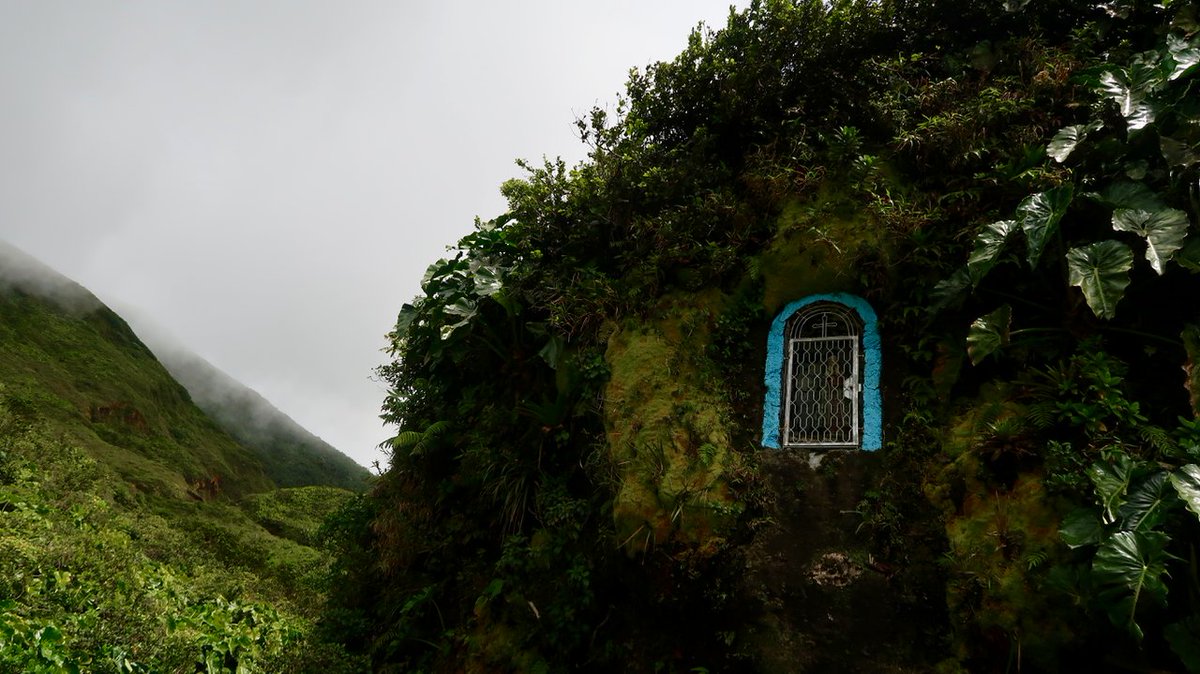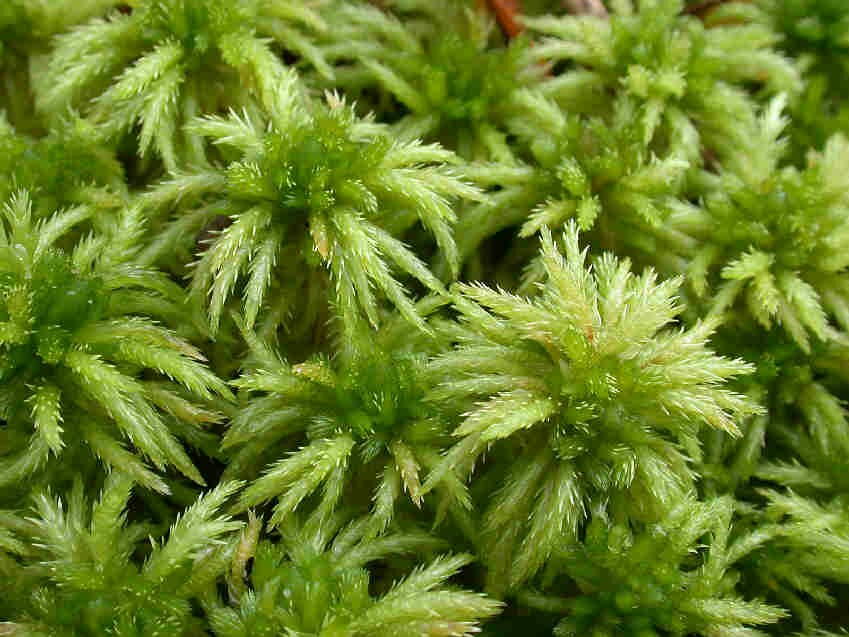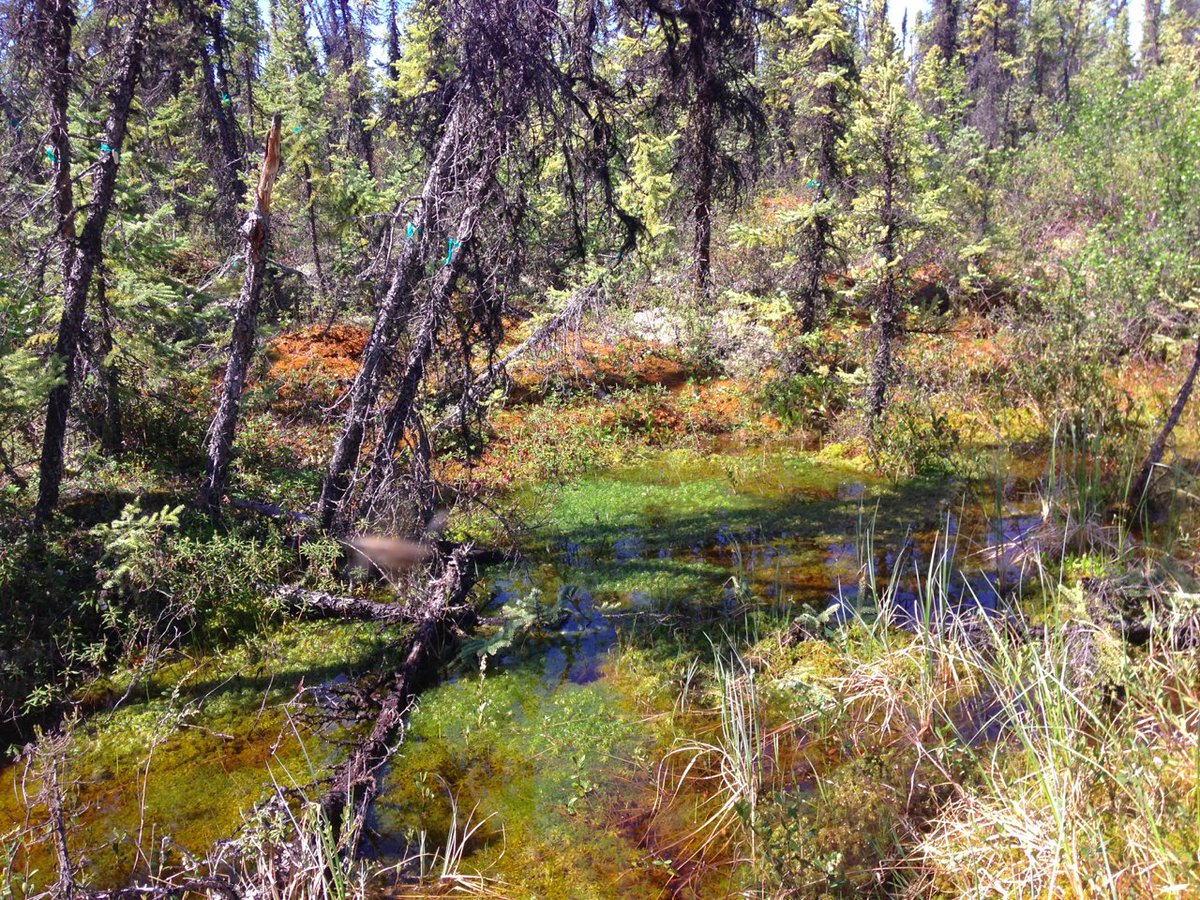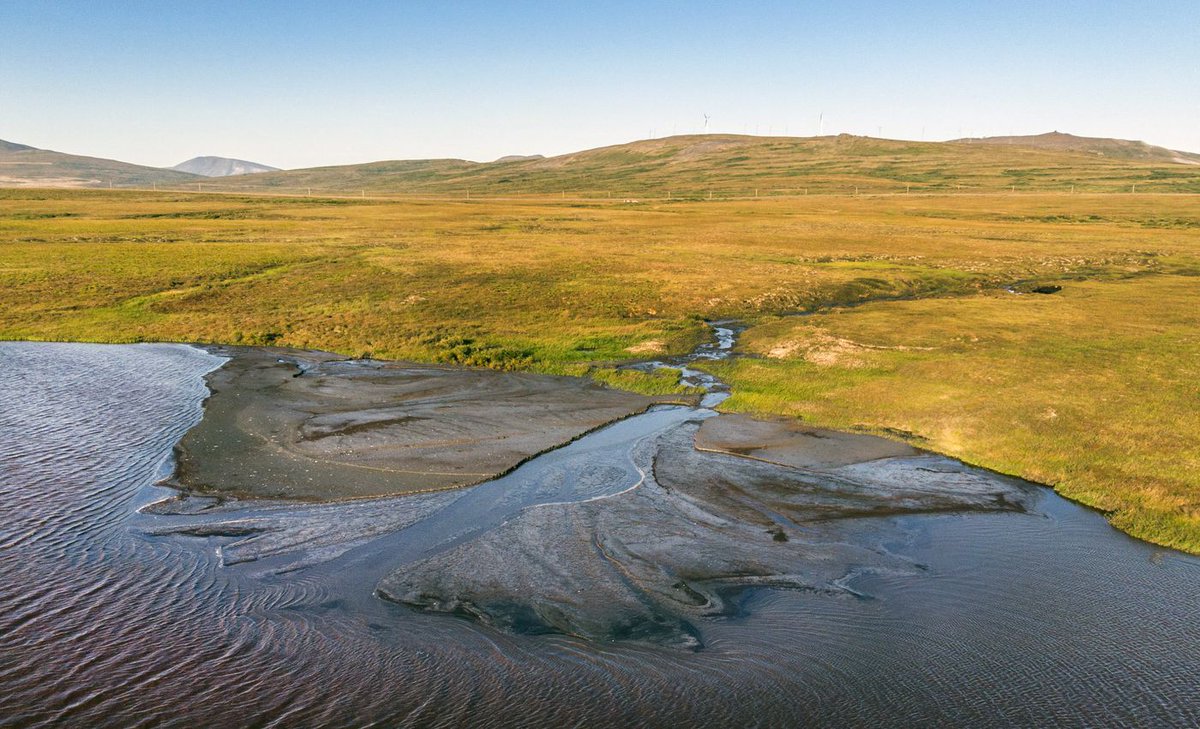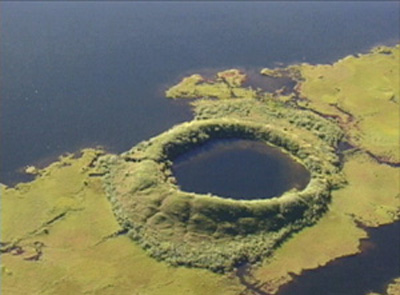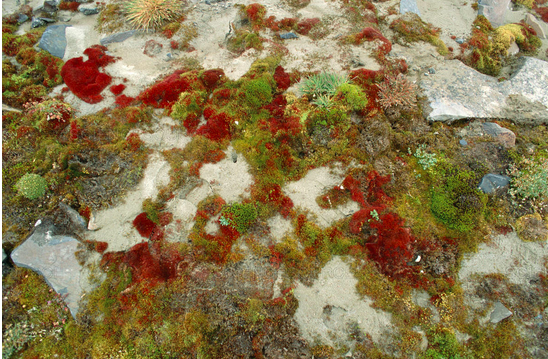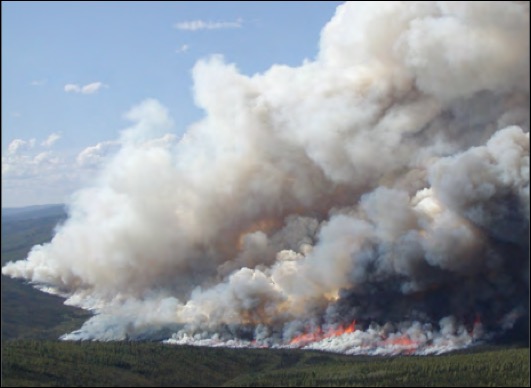
Pimples or pingos? Thoughts on thawing permafrost and explosive craters in Siberia, starting with this nice @BBC_Future article. 1/ bbc.com/future/article…
Pingo means small hill in Inuvialuit (Yakut: bulgunnyakh). For years, permafrost scientists wondered if these explosive craters were the remnants of pingos collapsing (sometimes called ognips). Check out my entire list of favorite permafrost terms. 2/
https://twitter.com/queenofpeat/status/1323309559113486342
We often find craters or other forms of collapse from thawing permafrost. @forestecogrp and I flew over this one in NW 🇨🇦. However, what we've seen in Alaska and 🇨🇦 are forms of subsidence/slumping, whereas the craters in Siberia are explosive. 3/ 


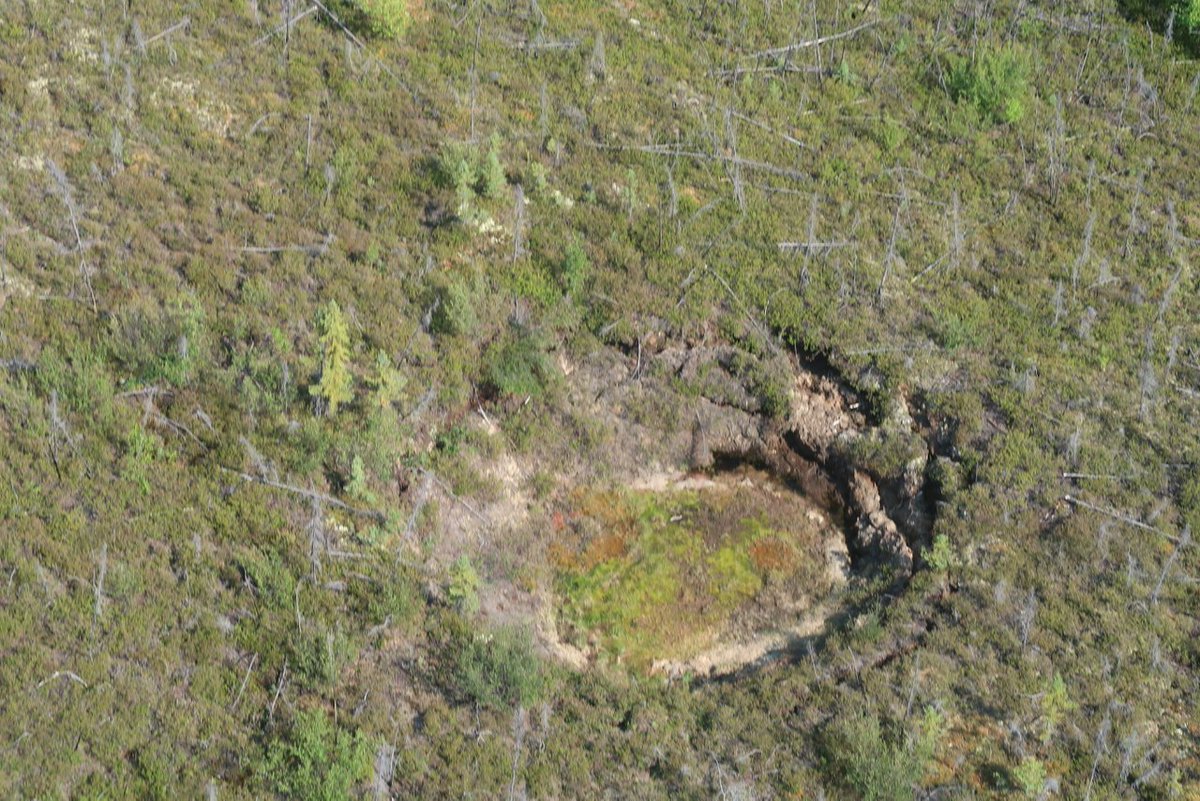
Catastrophic craters were detected in Siberia ~6yr ago. We became convinced that they were truly explosive ~3yrs ago. But what is causing the explosion? Is it abrupt release of pressurized methane, a strong GHG? 4/
The explosions could be from collapsing pingos. But others believe the craters bubble up like a giant puss-filled pimple (sorry) on the landscape, before bursting under pressure. The pressure must be GHGs, either CO2 or CH4. 5/
Explosive craters are popping up in Siberia perhaps because of large areas of Yedoma (carbon-rich Pleistocene permafrost) or ice-rich permafrost. But it's part of a trend of rapid permafrost change across the Arctic, manifesting in different ways in different regions. 6/
Permafrost change affects land stability, lake formation & drainage, cultural resources, & infrastructure. Permafrost also stores more carbon than is in our entire atmosphere. It may feel far away, but permafrost will influence your climate future. 7/7
https://twitter.com/queenofpeat/status/1328726938429648902
• • •
Missing some Tweet in this thread? You can try to
force a refresh

